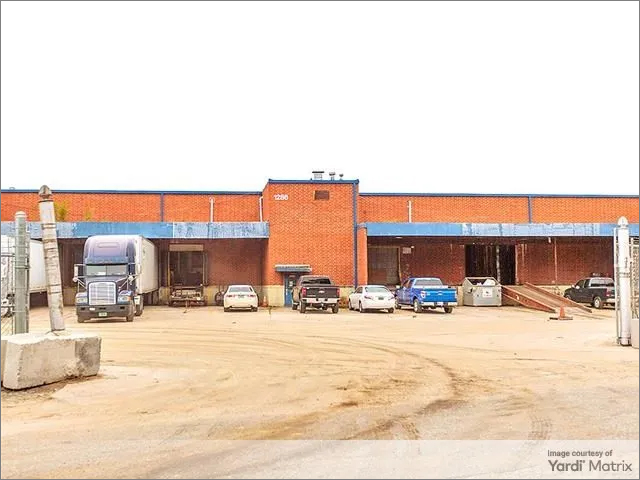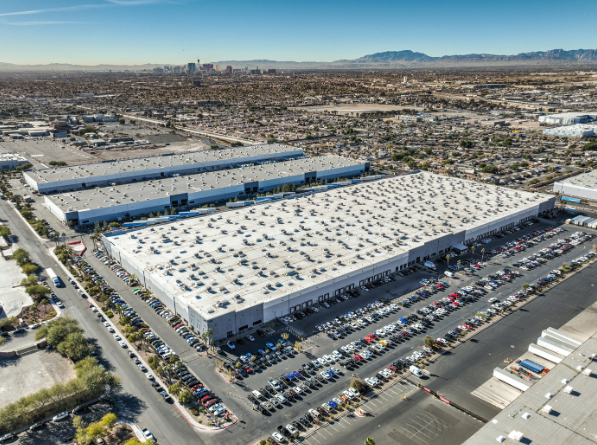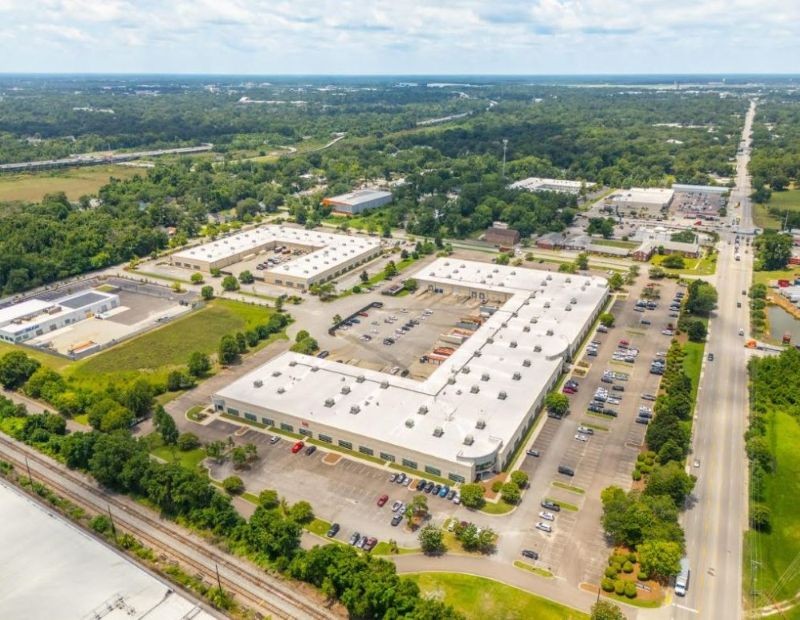The COVID-19 Economy: Beyond the Tipping Point
The pandemic is exacerbating long-overlooked economic weaknesses. Hugh Kelly sketches a map of the difficult road ahead.
Conventional wisdom sees the COVID-19 pandemic as an event that flew into the United States like a Black Swan, Nassim Taleb’s famous formulation for a highly improbable event that causes massive and unexpected consequences. My March 2018 essay in the journal Real Estate Issues warned that event risk, such as this pandemic, was an unavoidable consideration for the real estate community. Regular readers of this column are well aware of my repeated cautions that adopting defensive strategies in preparation for an economic downturn was a critical need, even as the 2010-2019 expansion reached its peak. Since my September 2018 column, that has been a consistent theme.
Unfortunately, headline economic numbers, cited as evidence of a state of affairs presumed to be robust, engendered a great deal of overconfidence as 2019 turned into 2020. Stock market indexes hit historical highs. Unemployment shrunk to 4 percent in March 2018 and stayed at or below that number for 24 months. Home prices rose 47 percent by year-end 2019 from the trough of late 2011. And, understandably, consumer confidence was ebullient, as it normally is at economic peaks.
Feeling fat and happy, many developers and investors bought into a narrative of continuing widespread real estate prosperity. The warning signal that flashed during the late 2018-early 2019 government shutdown faded from memory all too quickly. That event revealed an underlying fragility in the economy, as workers with solid middle-class incomes and significant job security still needed to turn to food banks for their families, and to their social networks for assistance in meeting rent and mortgage payments. Those needs were triggered simply by missing a couple of paychecks and were stark confirmation of a 2019 Federal Reserve Bank study showing that 40 percent of U.S. households would have difficulty coping with an unexpected $400 expense. The extent of economic fragility has now become all too evident across the nation.
Early Warnings
It seems scant comfort to note that the economists at the Congressional Budget Office, at least, were not asleep at the switch. In January 2020, they issued projections for the decade ahead showing GDP growth averaging less than 2 percent annually, job creation decelerating to less than 50,000 per month until 2030, and an increasingly unfavorable international balance of trade.
What did the CBO see that the markets generally missed? There were a number of statistical signals of the deceleration. Annual job growth had dropped from roughly 3 million in early 2015 to about 2 million by 2019. Industrial production expansion peaked in mid-2018 and had decelerated into negative territory by late 2019. Even more fundamentally, labor force growth had declined from the double-digit pace of the final three decades of the 20th century to less than 8 percent from 2000 to 2019. Key factors at work included the decline of the birth rate below the zero population growth threshold and constriction of the immigration valve by national policy.
In short, we were already heading toward an economic tipping point prior to COVID-19. The novel coronavirus triggered the disruption that pushed the economy over the edge. Although it gives me no pleasure to say so, the risk of this occurring, and the economic trends bringing us toward the brink, were the subject of at least a half-dozen earlier columns in this series.
So, what now?
Measuring Dislocation
The immediate impact on the U.S. economy has been dire, and, if anything, the worldwide economic consequences are at least as bad, if not worse.
One sign of the degree of distress is the shift in relevant comparison from any of the post-World War II recessions to the epitome of economic dislocation that was the Great Depression of the 1930s. To take an obvious measure, the 36.5 million unemployment insurance claims filed between mid-March and mid-May has surely pushed the jobless rate beyond any seen in post-war cycles. In 1982, unemployment hit 10.8 percent at peak and in the Great Recession it touched 10.0 percent briefly. It seems assured that we will begin the summer with the official jobless rate on its way to the upper teens.
This means that final demand for goods and services across the U.S. will contract severely. Recovery will depend upon rebuilding the effective buying power of the American workforce. That is a question which, in turn, depends upon timing, structure, government spending priorities and psychology. All those factors will be playing out in the context of the public health situation, of course. And, critically, there are likely to be startling contrasts in the slope of recovery across the economic geography of the United States.
The consensus forecast of the Blue Chip Economic Indicators panel suggests that it will take until the third quarter of 2021 for real GDP to return to the level it enjoyed at the start of 2020.
It should be expected that personal income figures will rise between June and December, as shelter-in-place requirements end. Short-run measures of economic change (month-over-month, quarter-over-quarter) will spike upward during the second half of 2020, the mathematical consequence of the huge loss of income as the economy locked down. Those short-term gains, however, will prove unsustainable. A more reliable measure of changes in spending power will be the year-over-year change, both in absolute dollars and in percentage. That story will be both less dramatic and biased to the downside. That much is implied in the GDP structure, as 70 percent of GDP reflects personal consumption. In terms of timing, expect recovery in final demand to be attenuated.
Workers at Risk
A key reason for expecting a long wait is the structure of job losses in the first wave of COVID-19 contraction. Initial reports indicated that early layoffs disproportionately affected women. Some four million jobs in the hotel industry are at risk, and UBS projects that one in five restaurants could permanently close. A Brookings Institution report identifies 27.4 million workers in the most vulnerable jobs, plus another 9.8 million across the rest of the economy at high risk in the near- and mid-term. Besides hotels and restaurants, retailers, casinos, building materials, and personal and child-care services are on Brookings’ list.
Many of these workers will still be displaced a year from now. Most of them are ill-equipped for long-range joblessness. Vulnerable workers already toil in low-paying occupations, earning on average just $32,700 (compared with $57,700 for other workers). As such, they are already subject to housing stress and food insecurity. (Déjà vu all over again from the government shutdown a year or so ago.) And, as for Americans, health insurance is connected to employment, and so job loss creates exposure to medical expenses—onerously so, as anyone who has had to purchase COBRA coverage can attest.
The concentration of job losses in lower-paid occupations has a powerful multiplier effect. Households at the lower end of the income spectrum recycle virtually all of their paychecks into the consumer economy (the propensity to spend, as economists call it) while more affluent households have a higher propensity to save. So a dollar lost at the lower end of the income distribution translates directly into lower consumption—and lower GDP—whereas income loss in higher brackets has a smaller marginal effect on the economy.
That describes a troubling economic spiral in the year ahead. Discretionary spending is likely to plummet. Even essential spending—including rent and mortgage payments—is at risk, given the need of households to triage their budgets for food, shelter, medicine and daily necessities. Households with some safety margin in their budgets will be inclined to frugality, as well. The resulting psychology at work will enervate the economy; we should not be expecting the consumer confidence indexes to be surging anytime soon.
In sum, the United States was already facing economic deceleration before the pandemic arrived. The disruption of this medical emergency hastened and deepened the decline. But the more profound implication of the “deceleration baseline forecast” is that it defines the steady state of the economy in the new normal.
Bluntly put, the post-COVID-19 economy will not be settling into long-run GDP, spending, and employment growth rates that bear any similarity to the 2000-2019 period. Once the first year of recovery is accomplished—and even this will mean some jobs permanently lost—final demand for U.S. businesses, including real estate, will remain truncated. That is the new normal we need to prepare for.
Hugh F. Kelly is a director of graduate programs & chair of the executive advisory council curriculum committee at the Fordham University Real Estate Institute. He is a principal at Hugh F. Kelly Real Estate Economics, a consultancy firm. Kelly is the author, most recently, of 24-Hour Cities: Real Investment Performance, Not Just Promises (Routledge/Taylor & Francis).









You must be logged in to post a comment.